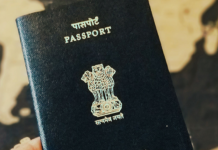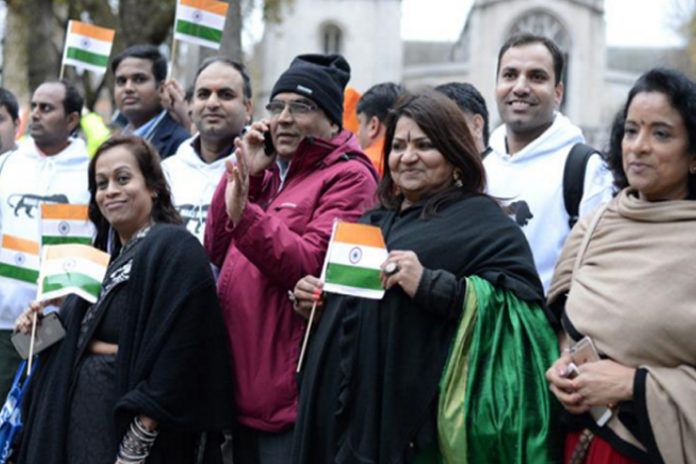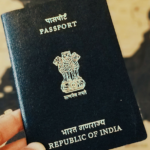Students and skilled professionals from India received a majority of United Kingdom visas in 2018, according to the statistics by the Home Office revealed Thursday.
In 2018 about 54 percent of such visas were granted to Indian professionals, including doctors and software engineers, dominating Britain’s Tier-2 skilled visa category for some time.
As per the latest analysis, the Home Office said that Indian nationals marked the largest increase in the grant of Tier 2 visas, up by 6 percent at 3,023 more visas compared to the previous year.
The analysis also noted a hike in the number of student visas granted to Indians earlier this year, up 35 percent to hit 19,505, with Chinese students dominating that segment at 99,723 visas but marking only a 13 percent hike.
“Chinese and Indian nationals together accounted for just under half, 48 percent, of all visitor visas granted,” the Home Office said.
The 2018 data indicates an ongoing trend of an increase in immigration to the UK from outside the European Union (EU), compared to a fall in immigrants from within the EU as the Brexit deadline of March 29 is close.
As per revealed figures, 261,000 more non-EU citizens from countries like India came to the UK, the highest since 2004.
“Different patterns for EU and non-EU migration have emerged since mid-2016 when the EU referendum vote took place. Due to increasing numbers arriving for work and study, non-EU net migration is now at the highest level since 2004,” said Jay Lindop, director of the Centre for International Migration at the UK’s Office of National Statistics (ONS), which analyses Home Office data to develop a picture for the UK’s migration flows.
“In contrast, EU net migration, while still adding to the population as a whole, has fallen to a level last seen in 2009. We are also now seeing more EU8 citizens – those from Central and Eastern European countries, for example, Poland – leaving the UK than arriving,” she said.
The ONS said that overall, net migration, immigration and emigration figures have remained broadly stable since the end of 2016. In the year to September 2018, a total of 627,000 people moved to the UK and 345,000 people left the UK – resulting in an annual net migration figure of 283,000.
The ONS found that more citizens from Central and Eastern European countries, known as the EU8 and including countries such as Slovakia, Lithuania, and Poland are leaving the UK than arriving.
Earlier this year, British Prime Minister Theresa May had pledged that Brexit would level the playing field for migrant workers coming to work in the UK, with EU migrant workers no more being able to “jump the queue” ahead of those from countries like India under her government’s post-Brexit immigration program.
-Sowmya













































